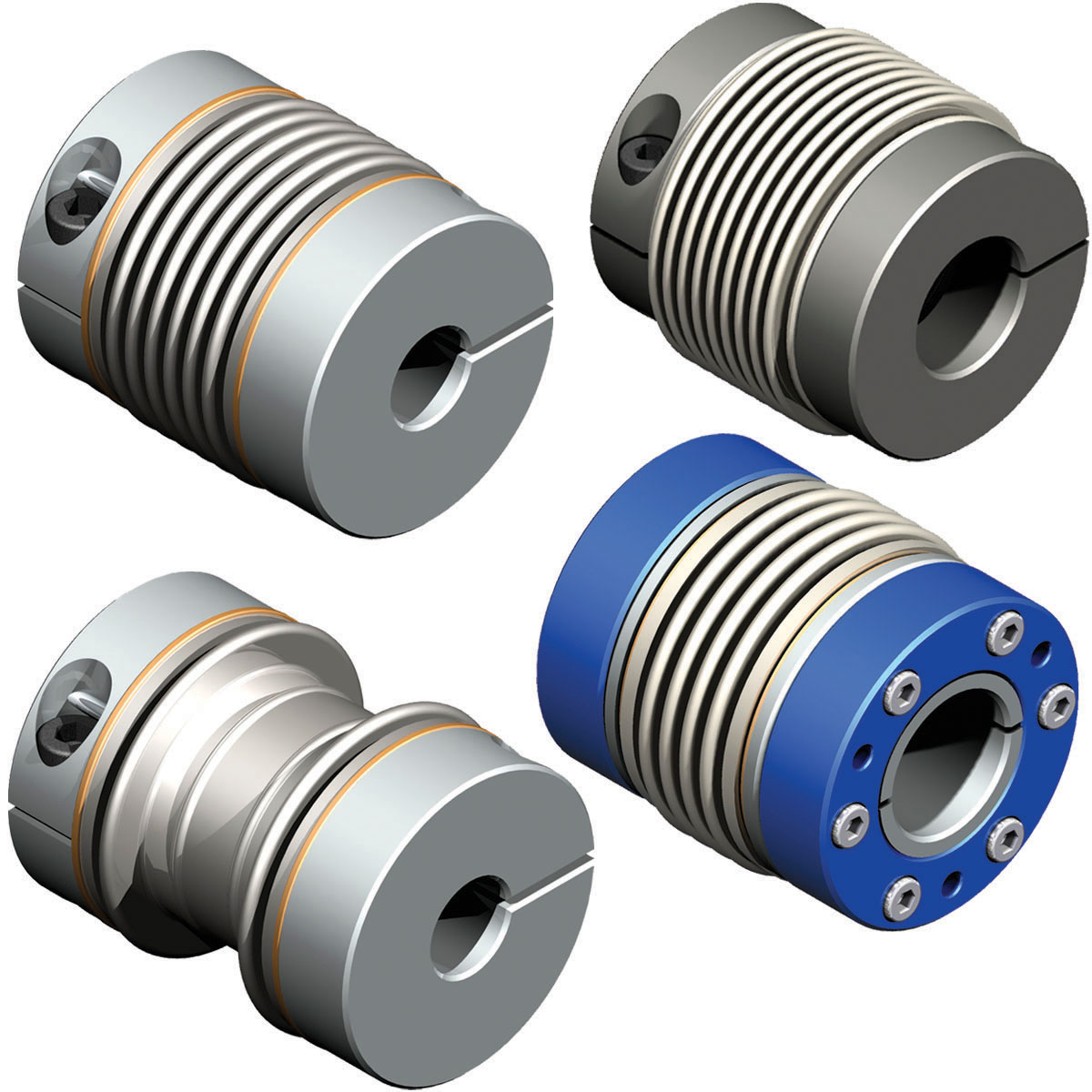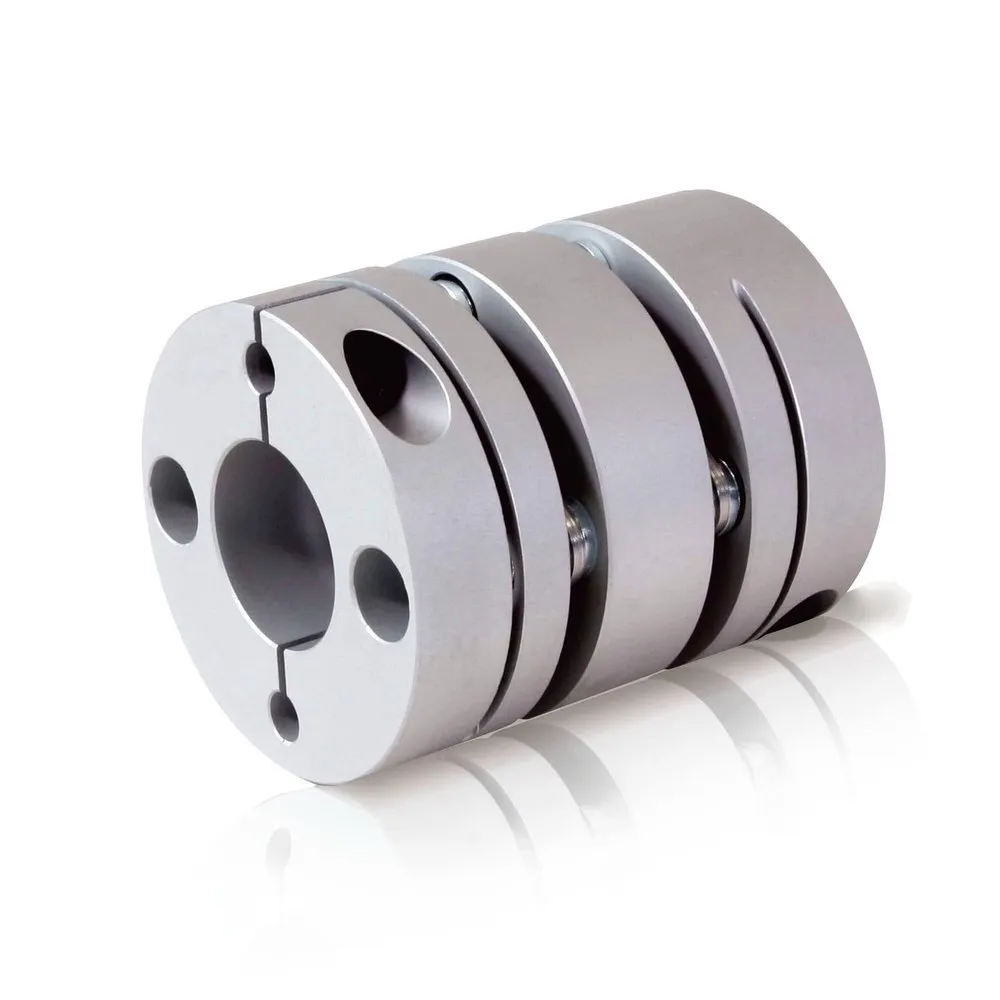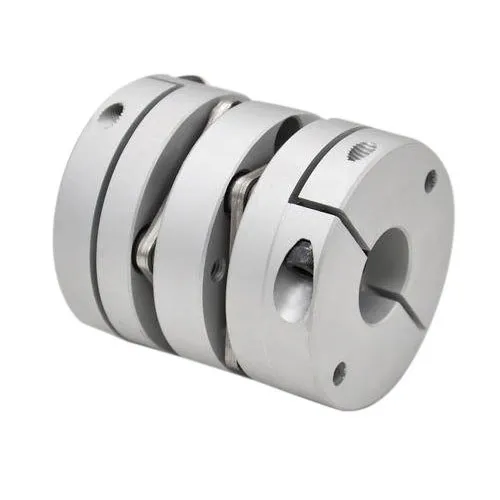Product Description
1111111111111111111111111111111111111111111111111111111111111111111111111111111111111111111111111111111111111111
| Item No. | φD | L | L1 | W | M | Tighten the strength(N.m) |
| SG7-11-30- | 30 | 50 | 18.5 | 13 | M3(4) | 1.2 |
| SG7-11-40- | 40 | 66 | 25 | 16 | M4(6) | 2.7 |
| SG7-11-55- | 55 | 78 | 30 | 18 | M5(4) | 6 |
| SG7-11-65- | 65 | 90 | 35 | 20 | M5(6) | 6 |
| SG7-11-80- | 80 | 114 | 45 | 24 | M6(8) | 10 |
| SG7-11-95- | 95 | 126 | 50 | 26 | M8(4) | 35 |
| SG7-11-105- | 105 | 140 | 56 | 28 | M8(4) | 35 |
111111111111111111111111111111111111111111111111111111111111111111111111111111111111111111111111111111111111111111111111111111111111111111111111111111111111111111111111111111111111111111111111111111111111
| Item No. | Rated torque | Maximum Torque | Max Speed | Inertia Moment | N.m rad | Tilting Tolerance | End-play | Weight:(g) |
| SG7-11-30- | 7.4N.m | 14.8N.m | 20000prm | 8.7×10-4kg.m² | 510N.m/rad | 1.0c | +0.6mm | 50 |
| SG7-11-40- | 9.5N.m | 19N.m | 15000prm | 1.12×10-3kg.m² | 550N.m/rad | 1.0c | +0.8mm | 120 |
| SG7-11-55- | 34N.m | 68N.m | 13000prm | 4.5×10-3kg.m² | 1510N.m/rad | 1.0c | +0.8mm | 280 |
| SG7-11-65- | 95N.m | 190N.m | 10500prm | 9.1×10-3kg.m² | 2800N.m/rad | 1.0c | +0.8mm | 450 |
| SG7-11-80- | 135N.m | 270N.m | 8600prm | 1.9×10-2kg.m² | 3600N.m/rad | 1.0c | +1.0mm | 960 |
| SG7-11-95- | 230N.m | 460N.m | 7500prm | 2.2×10-2kg.m² | 4700N.m/rad | 1.0c | +1.0mm | 2310 |
| SG7-11-105- | 380N.m | 760N.m | 6000prm | 3.3×10-2kg.m² | 5800N.m/rad | 1.0c | +1.0mm | 3090 |
/* January 22, 2571 19:08:37 */!function(){function s(e,r){var a,o={};try{e&&e.split(“,”).forEach(function(e,t){e&&(a=e.match(/(.*?):(.*)$/))&&1

Comparison between Couplings with High Torsional Stiffness and Low Torsional Stiffness
Couplings used in motion control systems can vary significantly in their torsional stiffness, which is a crucial characteristic that affects their performance and behavior. Let’s explore the differences between couplings with high torsional stiffness and low torsional stiffness:
- Torsional Stiffness:
Torsional stiffness refers to the resistance of a coupling to rotational deflection or twisting under the influence of a torque. Couplings with high torsional stiffness offer greater resistance to twisting, while those with low torsional stiffness are more flexible and can accommodate more significant torsional deflections.
- Response to Torque:
Couplings with high torsional stiffness transmit torque more efficiently from one shaft to another, as they minimize torsional deflection. This characteristic is advantageous in applications where precise torque transmission and minimal power loss are essential. On the other hand, couplings with low torsional stiffness are better at absorbing shocks and torsional vibrations, making them suitable for applications where dampening is required.
- Misalignment Compensation:
Couplings with high torsional stiffness are less forgiving when it comes to misalignment between shafts. They require more accurate alignment to prevent excessive stress on the coupling and connected components. In contrast, couplings with low torsional stiffness can accommodate some degree of misalignment, reducing the need for precise alignment during installation.
- Resonance and Natural Frequency:
Couplings with high torsional stiffness have higher natural frequencies and are less prone to resonance. This characteristic is beneficial in high-speed applications where avoiding resonance is critical to prevent damaging vibrations. Couplings with low torsional stiffness, on the other hand, may have lower natural frequencies and need careful consideration to avoid resonance-related issues.
- Stress on Connected Equipment:
High torsional stiffness couplings can transfer torsional loads more directly to connected equipment, which may increase the stress on other system components. Low torsional stiffness couplings can act as vibration isolators, reducing the impact of torsional loads on connected equipment.
- Application Suitability:
The choice between high and low torsional stiffness couplings depends on the specific requirements of the application. High torsional stiffness couplings are suitable for applications where precise torque transmission and accuracy are crucial, such as CNC machines and robotics. Low torsional stiffness couplings are ideal for applications involving misalignment, shock absorption, and vibration dampening, such as printing machinery and conveyor systems.
Ultimately, the selection of a coupling with high or low torsional stiffness depends on the specific needs and performance requirements of the motion control system, ensuring optimal functionality and efficiency in the application.

Real-World Examples of Successful Servo Coupling Installations
There are numerous real-world examples where servo couplings have played a vital role in improving performance and reliability in various industrial applications. Here are some successful servo coupling installations:
- Robotics and Automation: In robotic arms and automated manufacturing systems, servo couplings are used to connect the motor to the joint or the end-effector. They provide precise motion control, allowing robots to perform intricate tasks with accuracy and speed.
- CNC Machining: CNC machines use servo couplings to connect the motor to the lead screw or ball screw, translating rotary motion into linear motion. This ensures high precision and repeatability in machining operations.
- Printing and Packaging: Servo couplings are employed in printing presses and packaging machines to drive rollers, feeders, and other components. They enable smooth and synchronized movement, leading to efficient printing and packaging processes.
- Medical Devices: Servo couplings are utilized in medical devices such as surgical robots, imaging systems, and prosthetic devices. They contribute to precise and controlled movements, enhancing the accuracy of medical procedures and diagnostics.
- Textile Machinery: Textile manufacturing equipment, such as weaving and knitting machines, employ servo couplings to control the movement of spindles, rollers, and fabric feed systems. This ensures consistent and uniform fabric production.
- Aerospace Applications: In aircraft and satellite systems, servo couplings are used in control surfaces, antenna positioning systems, and thrust vector control mechanisms. They help achieve precise movements and responsiveness in aerospace operations.
- Semiconductor Manufacturing: Servo couplings are essential in semiconductor manufacturing equipment for wafer handling, precision alignment, and robotic handling of delicate components.
- Renewable Energy: Wind turbines and solar tracking systems use servo couplings to adjust the blade pitch or solar panel angle for maximum energy efficiency in changing wind and sunlight conditions.
These examples demonstrate the widespread application of servo couplings across diverse industries, where their flexibility, precision, and reliability have proven crucial for successful operations.

How to Choose the Right Servo Coupling for Specific Motion Control Applications
Choosing the right servo coupling is crucial for achieving optimal performance and reliability in motion control applications. Here are the key steps to help you select the most suitable servo coupling for your specific application:
- Identify Application Requirements: Start by understanding the specific requirements of your motion control application. Consider factors such as torque and speed requirements, misalignment compensation needed, environmental conditions, and the level of precision and repeatability required.
- Consider Torque Capacity: Determine the maximum torque that the servo coupling needs to transmit. Choose a coupling with a torque capacity that exceeds the peak torque in your application to ensure safety and prevent premature failure.
- Evaluate Misalignment Compensation: Assess the type and amount of misalignment that may occur between the servo motor and the driven load. Different coupling types offer varying degrees of misalignment compensation, such as angular, axial, and parallel misalignment. Select a coupling that can accommodate the expected misalignments to prevent excessive loads on the motor and bearings.
- Examine Speed and Precision: Consider the speed at which the application will operate and the required level of precision. High-speed applications may require couplings with low inertia and high torsional stiffness to minimize vibration and ensure accurate motion control.
- Review Backlash and Torsional Stiffness: Backlash can impact motion accuracy, especially in reversing applications. Look for couplings with low backlash to maintain precise bidirectional control. Additionally, evaluate the torsional stiffness of the coupling to ensure efficient power transmission and response.
- Check Environmental Compatibility: Consider the operating environment, including temperature, humidity, and exposure to chemicals or contaminants. Choose a servo coupling made from materials that can withstand the specific environmental conditions without compromising performance or lifespan.
- Assess Installation and Maintenance: Evaluate the ease of installation and any maintenance requirements of the coupling. Some couplings may require periodic lubrication or replacement of elastomeric elements. Opt for a coupling that is easy to install and maintain to minimize downtime and servicing costs.
- Seek Expert Advice: If you are unsure about the best servo coupling for your application, consult with experts or engineers experienced in motion control systems. They can provide valuable insights and recommend suitable couplings based on your specific needs.
By carefully considering these factors and following the steps outlined above, you can choose the right servo coupling that matches your motion control application’s requirements. A well-chosen coupling will ensure smooth and accurate motion, improve system performance, and extend the lifespan of your servo motor and driven load.


editor by CX 2024-04-10
